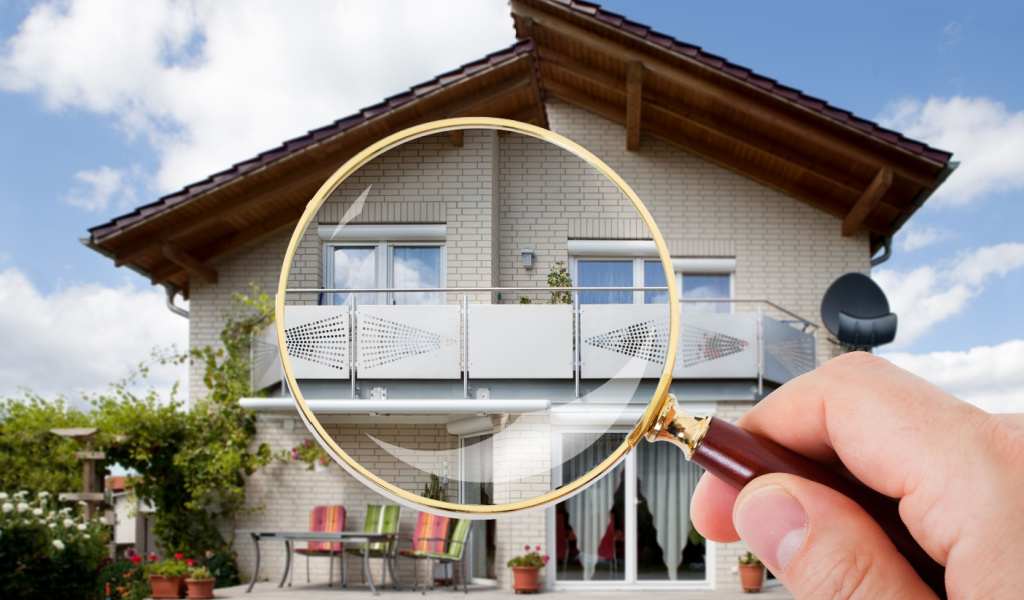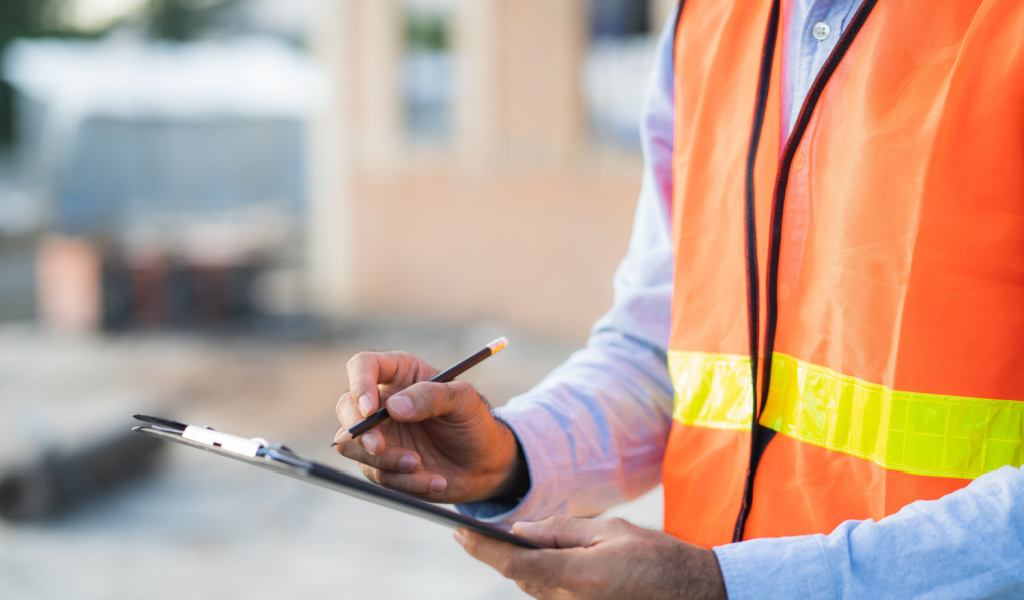Your insurer might request a home insurance inspection before you buy a homeowner’s policy. This inspection will differ from the one you had when you purchased your house. This way, insurance companies can assess the condition of your home, determine your coverage needs, and verify whether they are willing to insure you. The best way to ensure this procedure goes smoothly and you get coverage is to keep the house in good condition.
What happens during a home insurance inspection is that your home’s external aspects, including roof, windows, and frames, as well as your home’s internal elements and other structures on your land, like fences, free-standing garages, guest houses, or sheds, will be checked thoroughly by an inspector. You should do a thorough house check-up to spot any property damage before an official home inspection. It is best to ensure the repairs are done before the official inspection in case any possible risks not mentioned in the application are discovered, as they might increase your rates.

Key Points
- Your insurer might request a home inspection to evaluate your property’s risk and rebuilding cost.
- The inspector will monitor the external and internal aspects of the house.
- A home insurance inspection is likely if your property is old or in a hazardous area.
- The amount you need to pay for insurance might be higher or less, or you might even be refused insurance coverage depending on the outcome of the inspection.
What Is a Home Insurance Inspection?
A home insurance inspection helps insurers better understand the risks associated with insuring your home. Your insurer can determine how much it would cost to rebuild your house and identify any problems, such as threats from fire or poor construction, that may ultimately result in an insurance claim. The information gathered from this would help the policy provider decide whether your home is eligible for insurance and, if so, the correct premium you will need to pay.
These inspections will only be necessary for some of the houses. Your insurer may ask to inspect the following:
- Your house is old or has a high value.
- The company needs more details to calculate your home’s replacement value.
- You live in a region at increased risk for wildfires, tornadoes, hurricanes, or other disasters caused by nature.
The Difference Between Home Insurance Inspection & Buyer’s Inspection
A buyer’s inspection happens before a home is bought, whereas home insurance inspections happen while you own a home. The latter is initiated by the insurance provider, not the homebuyer. A buyer may hire an inspector as part of their inspection to examine the house before the settlement to find any possible issues. However, the results of a home insurance inspection might be considered to change your policy rate.
The Things Covered by Home Insurance Inspection
The home insurance inspector typically examines the exterior of your house in person. This helps them do a thorough check of the doors, windows, and roof, as well as various other elements. The insurance company will then decide whether an inspection inside the house is necessary for a more thorough assessment.
Even though every inspection is unique, the inspector will consider certain things in general. Some of them are as follows:
- The state of the foundation and the basement.
- The plumbing systems.
- The condition of the roof and how old it is.
- Any dangers outside, such as overhanging trees, which could lead to destruction.
- Home appliances.
- Internal and external drainage networks.
- Possibly damaged external factors, like light fixtures, pathways, or separate buildings on the land.
- The walls and flooring condition.
- The age and condition of the HVAC system.
- Precautions to prevent theft, including deadbolts or home security systems.
- Crawl spaces and attic spaces.
- The age and condition of the home’s electrical system.
- Fireplaces and chimneys.
- Smoke and carbon monoxide detectors.
The ultimate goal of a home inspection is to evaluate the risk involved and the cost of rebuilding in case the house is harmed. You don’t have to be present if the insurance company only wants to look at the land’s external aspects. But you must be present if they request an internal inspection, which might take around two hours to complete.

Tips To Prepare for a Home Insurance Inspection
There are some things that you can do to prepare for a home insurance inspection if you have one planned. Taking some time to prepare and identify any possible issues that might arise during the inspection may save you from the trouble of being taken by surprise.
How to prepare for an external home insurance inspection:
- If you own a chimney, check it for loose bricks or cracks and have it cleaned by experts.
- Cut off any branches that fall over the leading edge of the roof or other parts of the house to prevent damage.
- Examine your roof for any weak or lost tiles.
- Look for signs or cracks that the foundation is weakening.
- Examine the doors, windows, and walls for cracks or water leaks.
- Ensure the gutters are correctly attached to the house and get rid of any waste.
How to prepare for an internal home insurance inspection:
- If you have a fireplace, clean it and its flue.
- Ensure the fire extinguisher in your home is functioning.
- Inspect the basement and attic for traces of pest or water-related damage.
- Clean the HVAC system and do a test to ensure it is working correctly.
- Check the walls for cracks or bowing, which can indicate problems with the foundation or roof.
- Ensure your carbon monoxide and fire alarms are functioning properly.
Things That Can Be Done When Your Home Insurance Is Rejected
- Solve the existing problems.
- Check for insurers owned by the government.
- Check with other insurers.
- Provide proof to argue against the decision.
Reasons for an Inspection to Fail
There are high chances of getting rejected on your inspection if you provide incorrect information on the insurance application, like lying about your roof not being too old and a home inspector finding it in poor condition. Improper wiring in the house, a dying tree on your premises, or a deck that fails to comply with safety guidelines could all lead to disqualifying your inspection.
Even if the inspection is a failure, you may still have a chance of getting insurance from many policy providers, provided that you carry out the necessary repairs and improvements over a specific period, typically 30 days. So, even if you fail your initial inspection, that’s not the end of the road!



